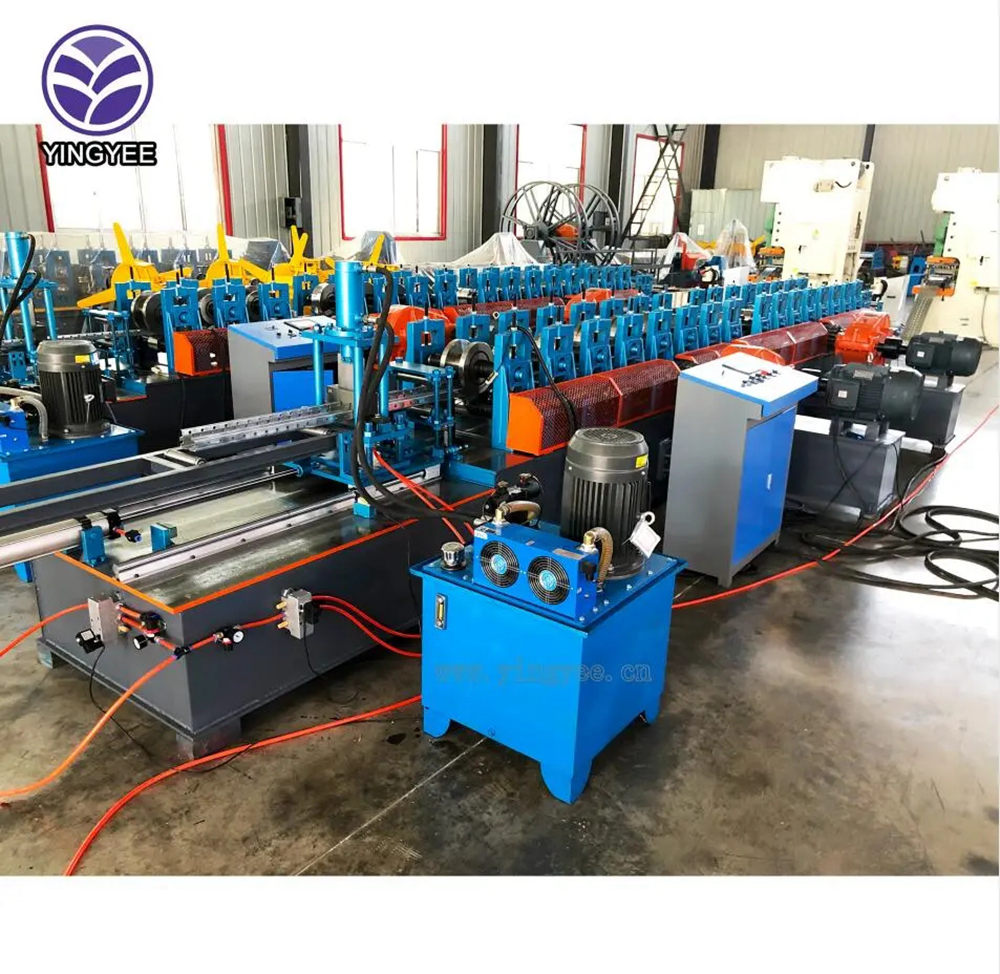
The Advancements of Automatic Cable Tray Roll Forming Machines
In today's rapidly evolving industrial landscape, automation has taken center stage in enhancing productivity, efficiency, and precision. One of the significant advancements in manufacturing technology is the development of automatic cable tray roll forming machines. These machines are designed to produce cable trays, which are essential components in electrical installations, providing support and protection for electrical cables in various environments.
Understanding Cable Trays
Cable trays are frames that support insulated electrical wires. They serve multiple purposes, including organizing cables, providing physical protection, and ensuring proper airflow around the cables. With the increasing complexity of electrical systems in commercial buildings, industrial plants, and residential complexes, the demand for durable and reliable cable trays has surged.
The Role of Roll Forming Machines
The roll forming process involves the continuous bending of metal sheets into desired shapes through a series of rollers. Automatic cable tray roll forming machines are equipped with advanced technology that automates the entire manufacturing workflow—from the initial feeding of raw materials to the final output of finished products. This automation significantly reduces labor costs and minimizes human error, resulting in higher quality and more precise cable trays.
Key Features of Automatic Cable Tray Roll Forming Machines
1. High Precision and Consistency With the integration of computer numerical control (CNC) systems, these machines can produce cable trays with high precision. They offer consistency in size and shape, ensuring that each tray meets the required specifications.
2. Versatility Modern cable tray roll forming machines can produce various tray sizes and designs, catering to the specific needs of different electrical installations. The machines can accommodate different materials, such as steel or aluminum, and can produce perforated or non-perforated trays based on the project requirements.

3. Reduced Waste The efficiency of the roll forming process means that there is minimal material waste compared to traditional manufacturing methods. As raw materials are continuously fed into the machine, the production process is streamlined, ensuring optimal use of resources.
4. Ease of Operation Automatic machines are often user-friendly, enabling operators to set up and control the production process easily. This includes adjusting parameters like width and height, which can be done digitally. Additionally, many machines come equipped with real-time monitoring systems that notify operators of any issues.
5. Increased Production Speed The automation of roll forming significantly increases production speed. These machines can produce vast quantities of cable trays in a shorter amount of time, meeting the demands of large-scale projects without compromising on quality.
Applications and Benefits
The applications of cable trays are vast, encompassing industries like construction, telecommunications, and energy. With the current trend towards smart buildings and renewable energy solutions, the requirement for effective cable management systems is more crucial than ever. Using automatic cable tray roll forming machines allows manufacturers to meet this growing demand efficiently.
Furthermore, the long-term benefits of such automation include reduced labor costs, lower production costs, and minimized lead times. This positions manufacturers to respond more rapidly to market needs, fostering competitiveness in an increasingly crowded landscape.
Conclusion
In conclusion, automatic cable tray roll forming machines represent a vital advancement in manufacturing technology, enhancing production efficiency and quality in cable tray production. As industries continue to evolve, the integration of such innovative machinery will undoubtedly play a crucial role in shaping the future of electrical infrastructure. By harnessing the benefits of automation, manufacturers can not only meet current demands but also pave the way for sustainable and efficient practices in the cable management sector.